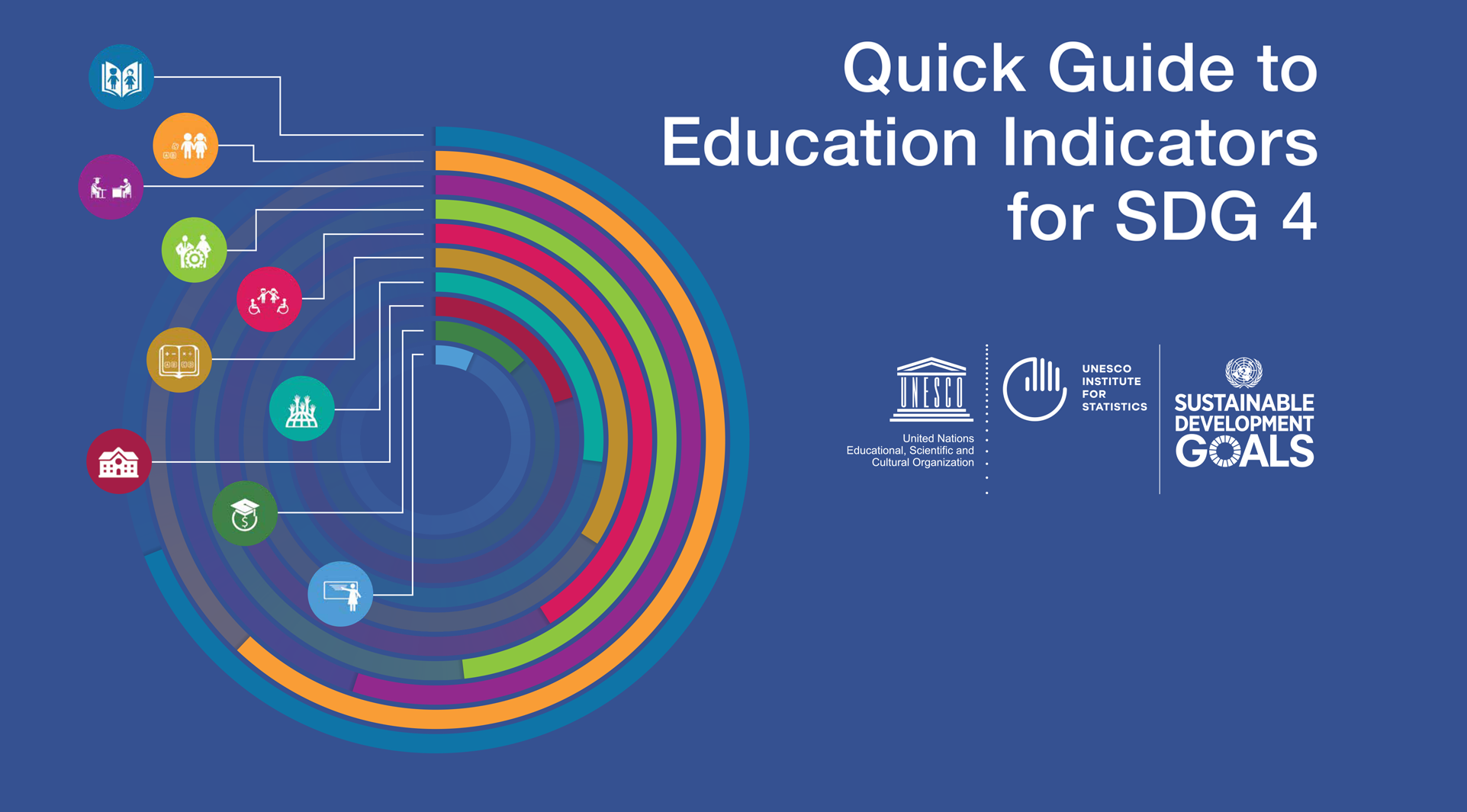Everything You Always Wanted to Know About SDG 4 Indicators… But Didn’t Know Who – or How – to Ask
Silvia Montoya is the Director of the UNESCO Institute for Statistics (UIS). In this blog post she explains how new tools from the UNESCO Institute for Statistics chart a course for education stakeholders to address the 2030 Education Agenda. This post is published in connection with “SDG4 Data Week: Understanding the Monitoring of SDG 4: Targets, Actors, Data and Resources”, organised on 11th and 13th of July 2018 at the Graduate Institute, Geneva. The brown bag events take place over lunch in 90-minute sessions with experts from UNESCO (11/07) and UNICEF (13/07) and are organised with the support of the Education Network of the Swiss Agency for Development and Cooperation (SDC).
One constant dilemma for researchers and statisticians is how to translate intricate technical processes, often emerging from intense scrutiny and discussion, into measures that are comprehensible and actionable for those who were not part of those discussions from the beginning.
What seems clear to those involved may seem baffling to those who are coming to it for the first time. This holds true for monitoring progress towards Sustainable Development Goal 4 (SDG 4) on education, which calls for a quality education for every child, through primary and secondary education, by 2030.
Making sense of SDG 4 indicators
So much is being demanded of stakeholders across the global education community. They are expected to monitor progress on a range of new indicators related to the quality of education on offer, as well as monitoring school access, enrolment and completion.
A monitoring framework is in place, but those who have not been at the table from the outset could be forgiven for feeling a little overwhelmed by its complexity and intricacy. Where do national statisticians start? Which indicators are ‘compulsory’ when it comes to reporting? Who do they report to? Do they prioritize the data needed for global monitoring of progress, or the local data need to inform national education priorities?
At the same time, they could also be wary of setting off on the wrong track. With a 2030 deadline for the achievement of SDG 4, there is simply no time for any false starts.
New tools from UIS to help with SDG 4 data
Fortunately, help is at hand. As the custodian UN agency for data on SDG 4, the UNESCO Institute for Statistics (UIS) is mandated to produce not only the data, but also products to help users get the job done, recognizing that different users have very different needs. In this vein, the UIS is launching four easy-to-use statistical publications and data tools for stakeholders.
- The Quick Guide to Education Indicators for SDG 4 describes the process of developing and producing the global monitoring indicators while explaining how they can be interpreted and used. This is a hands-on, step-by-step guide for anyone who is working on gathering or analyzing education data.
- The SDG 4 Data Book: Global Education Indicators 2018 ensures that readers have the latest available data for the global monitoring indicators at their fingertips, and will be regularly updated.
- The SDG 4 Data Visualization displays data by country, region or year; by data source; and by sex, location and wealth. It allows users to explore the measures of equality that are crucial for the achievement of SDG 4.
- SDG 4 Data “Cheat Sheet” presents a snapshot of the concept and data sources used to produce the global monitoring indicators.
These tools aim to promote a better understanding of the production and use of SDG 4 data among stakeholders. Together, they will allow stakeholders to know who produces the data, how the indicators are developed, where to find the data, and – most importantly – how to use the information.
The Quick Guide to Education Indicators for SDG 4 and the Data Book will be launched today, 11 July 2018, at the first of a series of brown bag lunches organised by NORRAG, which aim to give members of the global education community a chance to become more familiar with – and get a head start on – monitoring SDG 4 targets, whether at the global, regional or national level.
The lunches in Geneva, for staff from international organizations, NGOs and individuals involved with the SDG Agenda, will share the most recent information about the SDG 4 monitoring framework and agenda, as well as tools and practical examples on finding and producing SDG 4 indicators. This will be a unique opportunity for international organizations, NGOs and individuals to engage with the UIS as the lead organization in developing and disseminating SDG 4 global monitoring indicators. The events will be live-streamed at https://rebrand.ly/sdg4dataweek.
Armed with the knowledge and the tools provided by the UIS, we hope to overcome the dilemma of translating methodologies into tangible action, with stakeholders sure of their direction, and on the right track.
This blog was cross-published by the Global Partnership for Education (GPE) and NORRAG
Contribute: The NORRAG Blog provides a platform for debate and ideas exchange for education stakeholders. Therefore if you would like to contribute to the discussion by writing your own blog post please visit our dedicated contribute page for detailed instructions on how to submit.
Disclaimer: NORRAG’s blog offers a space for dialogue about issues, research and opinion on education and development. The views and factual claims made in NORRAG posts are the responsibility of their authors and are not necessarily representative of NORRAG’s opinion, policy or activities.


Pingback : NORRAG – SDG 4 Data Week, Understanding the Monitoring of SDG 4 videos and resources - NORRAG -